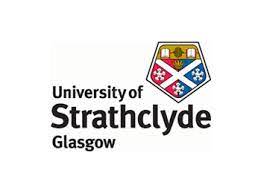Strathclyde Inspire-Backed Firm Secures Funding to Advance AI Technology
A company specialising in digital AI monitoring and detection technology has secured funding from a consortium led by Equity Gap in collaboration with the University of Strathclyde and Scottish Enterprise.
Glasgow-based Ilosta has developed a technology using a physics-based AI algorithm to improve the reliability and increase the lifespan of engineering structures.
The firm’s Crack Map, offers a wide range of applications across various industries, with a particular focus on the Wind Energy sector. The cost-effective, cloud-based software can accurately identify and categorise damage to structures. This can enhance operational efficiency, improve the lifespan of assets, and simplify operations and maintenance planning
Entrepreneurship programme
Ilosta received support from Strathclyde Inspire, the University’s flagship entrepreneurship programme, which offers entrepreneurial training and opportunities to every student, staff member and alumnus.
Meryl Levington, Director of Innovation & Industry Engagement at Strathclyde, said:
We are proud to support our start-up University community at every stage of their entrepreneurial journey through Strathclyde Inspire.
“Ilosta, which has developed a ground-breaking technology using a physics-based AI algorithm to improve the reliability and increase the lifespan of engineering structures, is indicative of the incredible potential within Scotland’s start-up landscape.”
Founder and CEO of Ilosta, Saber Khayatzadeh, said: “This significant investment is a testament to the effectiveness of our technology and the dedication of our team. We’re excited to use this funding to further develop our software and services and expand our sales team. We extend our sincere gratitude to Equity Gap, Scottish Enterprise, and the University of Strathclyde for their invaluable support.”
Fraser Lusty, Equity Gap said: “We are delighted to invest in the company to support acceleration of its business development and continued technology readiness.”

